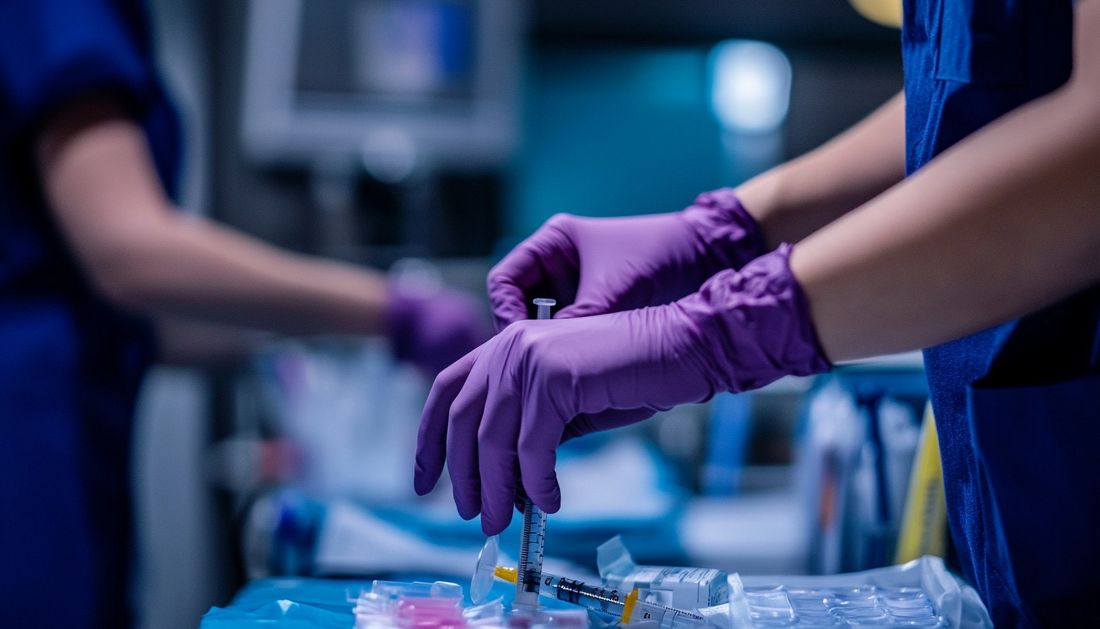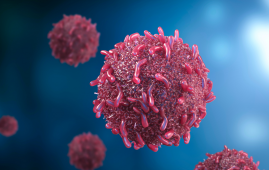

A groundbreaking project from the University of South Australia (UniSA) is set to transform how gastrointestinal (GI) cancers are detected and treated. Backed by a $405,050 AEA Ignite Grant, researchers are developing a quantum technology-based laparoscopic probe that enables surgeons to more precisely locate cancerous lymph nodes—minimizing tissue removal and improving recovery.
Quantum Technology in Cancer Surgery: How It Works
The probe integrates state-of-the-art quantum sensors with Ferronova’s iron-oxide nanoparticle formulation (FerroTrace) to detect cancer spread more accurately. Unlike traditional surgical methods that often involve removing large sections of tissue—leading to complications and long-term side effects—this innovation supports safer, minimally invasive procedures.
“By embedding quantum sensors into a laparoscopic probe, we aim to make surgeries more targeted and less traumatic for patients,” says Dr. Nicole Dmochowska, lead researcher at UniSA’s Future Industries Institute.
Clinical Promise and Market Potential in Cancer Surgery
The research team has already proven the feasibility of quantum sensor magnetometer probes in a successful oral cancer clinical trial. This next phase focuses on miniaturizing the technology for laparoscopic surgeries.
With GI cancers among the deadliest globally, and the global market for precision cancer tools projected to surpass $2 billion annually, the commercial and clinical potential is enormous.
Quantum Technology in Cancer Surgery: A Safer, Smarter Approach
Unlike current lymph node mapping methods that rely on radioactive tracers, the quantum probe and FerroTrace offer a safer alternative, especially for patients undergoing chemo or radiation before surgery.
“This could be a paradigm shift in cancer treatment,” says Dr. Aidan Cousins, senior researcher at Ferronova. “It’s about giving patients better outcomes and a better quality of life.”
Preclinical Trials for Quantum Cancer Surgery Technology
The next step: develop a fully functional, validated prototype for large animal trials, a key milestone before human clinical trials. This project aligns with Australia’s national priorities in both medical innovation and quantum technology, and could shape the future of cancer surgery worldwide.
For more information: University of South Australia
more recommended stories
 Iron Deficiency vs Iron Overload in Parkinson’s Disease
Iron Deficiency vs Iron Overload in Parkinson’s DiseaseKey Takeaways (Quick Summary for HCPs).
 Can Ketogenic Diets Help PCOS? Meta-Analysis Insights
Can Ketogenic Diets Help PCOS? Meta-Analysis InsightsKey Takeaways (Quick Summary) A Clinical.
 Silica Nanomatrix Boosts Dendritic Cell Cancer Therapy
Silica Nanomatrix Boosts Dendritic Cell Cancer TherapyKey Points Summary Researchers developed a.
 Vagus Nerve and Cardiac Aging: New Heart Study
Vagus Nerve and Cardiac Aging: New Heart StudyKey Takeaways for Healthcare Professionals Preserving.
 Cognitive Distraction From Conversation While Driving
Cognitive Distraction From Conversation While DrivingKey Takeaways (Quick Summary) Talking, not.
 Fat-Regulating Enzyme Offers New Target for Obesity
Fat-Regulating Enzyme Offers New Target for ObesityKey Highlights (Quick Summary) Researchers identified.
 Spatial Computing Explains How Brain Organizes Cognition
Spatial Computing Explains How Brain Organizes CognitionKey Takeaways (Quick Summary) MIT researchers.
 Gestational Diabetes Risk Identified by Blood Metabolites
Gestational Diabetes Risk Identified by Blood MetabolitesKey Takeaways (Quick Summary for Clinicians).
 Phage Therapy Study Reveals RNA-Based Infection Control
Phage Therapy Study Reveals RNA-Based Infection ControlKey Takeaways (Quick Summary) Researchers uncovered.
 Pelvic Floor Disorders: Treatable Yet Often Ignored
Pelvic Floor Disorders: Treatable Yet Often IgnoredKey Takeaways (Quick Summary) Pelvic floor.

Leave a Comment